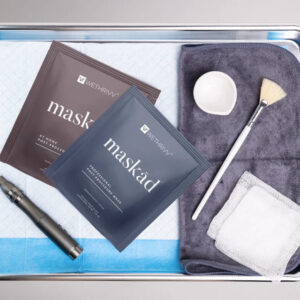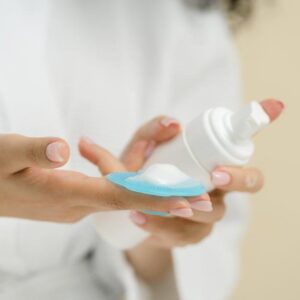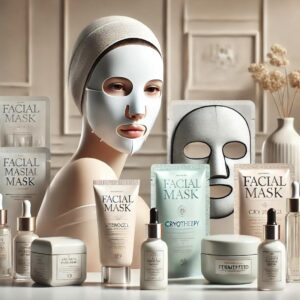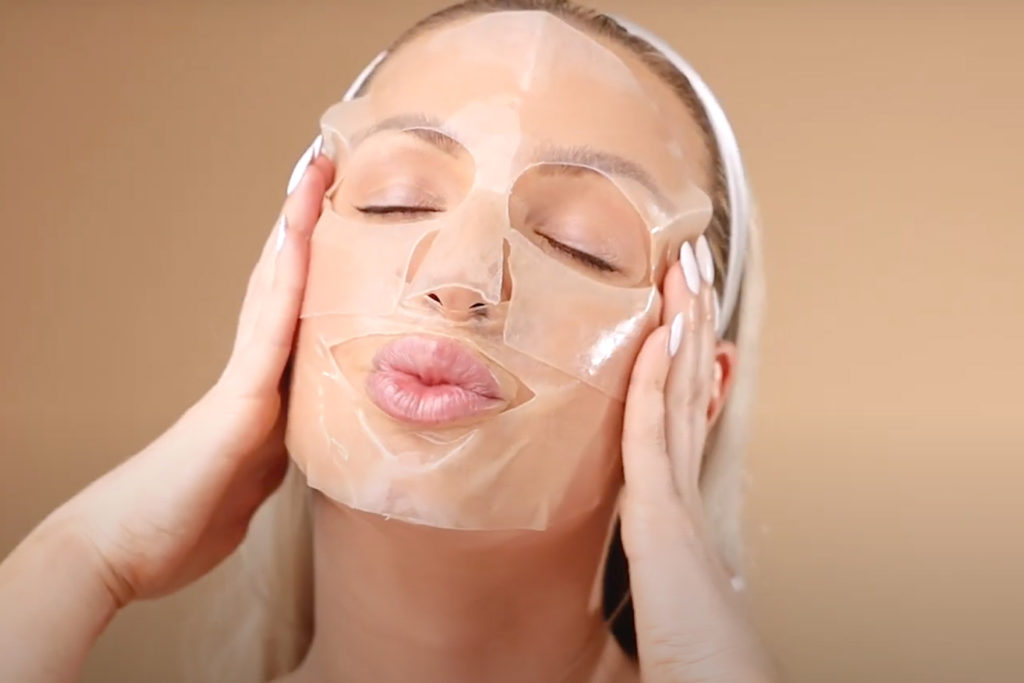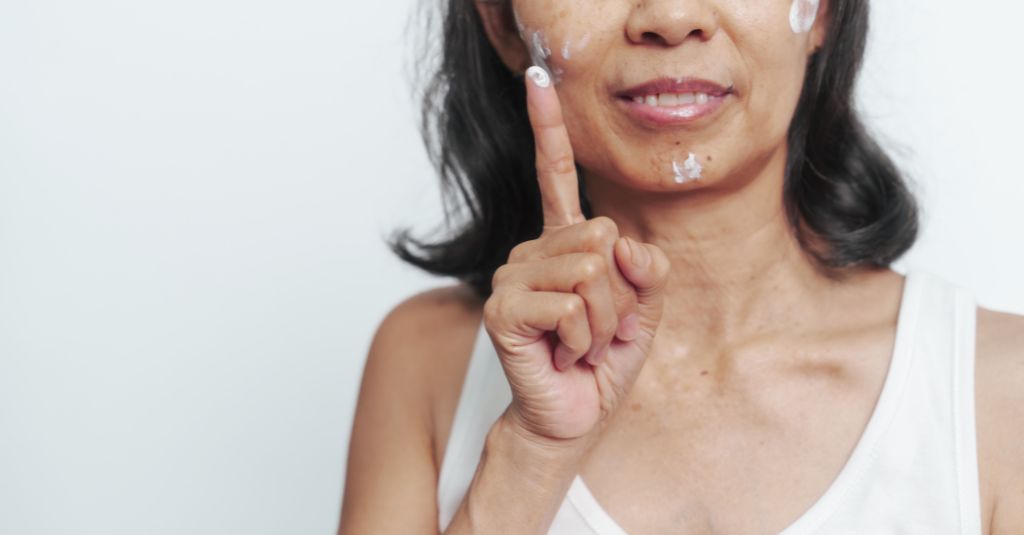
Caring for Aging Skin: Products and Best Practices
Aging is a natural part of life, and so is the aging of our skin. As we grow older, our skin undergoes various changes, including reduced elasticity, increased dryness, and the formation of fine lines and wrinkles. However, with the right skincare products and practices, you can effectively manage and slow down the aging process, helping your skin stay healthy, vibrant, and youthful for years to come. In this article, we’ll explore the best practices and products for caring for aging skin.
Understanding Aging Skin
Before diving into the skincare regimen, it’s essential to understand the changes that occur in aging skin:
– Reduced Collagen Production: Collagen, a protein responsible for skin’s firmness, decreases with age, leading to sagging and wrinkles.
– Decreased Hydration: Aging skin tends to lose moisture, resulting in dryness and a rough texture.
– Slower Cell Turnover: The rate at which skin cells regenerate slows down, leading to a dull complexion.
– Fine Lines and Wrinkles: The development of fine lines and wrinkles, especially in areas with frequent facial expressions.
Best Practices for Aging Skin
1. Gentle Cleansing
Use a mild, hydrating cleanser to remove dirt and makeup without stripping your skin of its natural oils. Harsh cleansers can worsen dryness and irritation.
2. Hydration is Key
Moisturize daily with a rich, hydrating cream. Look for ingredients like hyaluronic acid, glycerin, and ceramides, which help to retain moisture and improve skin elasticity.
3. Sun Protection
UV rays are a significant contributor to premature aging. Apply a broad-spectrum sunscreen with SPF 30 or higher daily, even on cloudy days. Don’t forget to reapply when outdoors.
4. Anti-Aging Ingredients
Incorporate products containing anti-aging ingredients into your routine:
– Retinoids: These vitamin A derivatives stimulate collagen production and promote cell turnover.
– Vitamin C: A potent antioxidant that brightens skin, reduces fine lines, and protects against UV damage.
– Peptides: These amino acid compounds help boost collagen production.
– Niacinamide: Known for its ability to improve skin texture and reduce redness.
5. Exfoliation
Use a gentle exfoliant to remove dead skin cells, revealing fresher, younger-looking skin. Avoid abrasive scrubs that can damage the skin.
6. Healthy Lifestyle
A balanced diet rich in antioxidants, regular exercise, and adequate hydration can contribute to overall skin health. Avoid smoking and limit alcohol consumption, as they can accelerate skin aging.
Recommended Products for Aging Skin
1. Serum with Hyaluronic Acid: A serum containing hyaluronic acid helps retain moisture, plumping up the skin and reducing the appearance of fine lines.
2. Retinol Cream: Retinol or retinoid creams can improve skin texture and reduce the appearance of wrinkles. Start with a lower concentration if you have sensitive skin.
3. Vitamin C Serum: Vitamin C serums provide antioxidant protection, brighten the complexion, and promote collagen production.
4. Night Cream: Invest in a night cream that focuses on hydration and repair. Look for ingredients like shea butter, peptides, and ceramides.
5. Eye Cream: A specialized eye cream can target fine lines, puffiness, and dark circles around the eyes.
Conclusion
Aging is a natural process, and taking good care of your skin as you age can make a significant difference in how it looks and feels. By following the best practices and incorporating the right skincare products into your daily routine, you can nourish your skin, reduce the signs of aging, and maintain a youthful and radiant complexion with the help of Promaskad. Embrace the beauty of aging gracefully, knowing that your skin is a reflection of the care and attention you provide it.
Recommendation to read:

